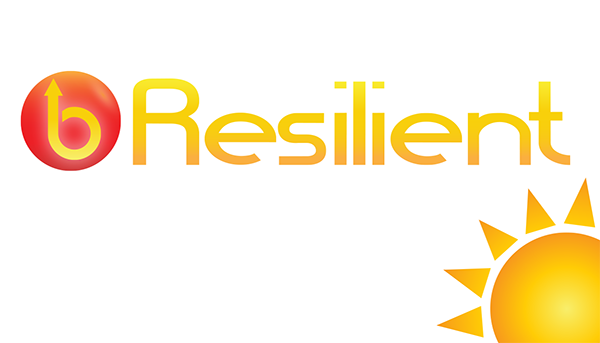
Lori Sabo
We have the opportunity to visit and work in classrooms all over. One of our favorite things is to hunker down next to a child and confer. It brings us great joy when we ask, “What are you working on as a reader?” and they answer in succinct and specific detail. Suddenly the approaching conference is brought into focus and we know what to look for and how to elevate the work that is about to take place.
How does it happen? How is it that students as young as five are able to unabashedly share something beyond “I want to read chapter books” or “I want to move up a level”?
Here’s how it happens, and here’s how our actions become intentional and purposeful, and help accelerate readers’ growth.
- We give a good diagnostic assessment that helps us discern strengths and areas of need. Then we select one or two things to begin with. We share them with the student and record them in a paper or online conferring notebook.
- The student posts their name under the corresponding CAFE Menu heading. We may also supply a bookmark, promise, or strategy card reminder they can keep in their book box or on their desk to help them remember what they are working on.
- This goal becomes the primary focus of every conference until the student displays mastery and we can layer on a new strategy or skill, or they aren’t progressing and we need to shift our instruction. This focus becomes even more powerful when it is supported in every interaction: with the teacher, instructional assistant, special ed teacher, or literacy coach. It is the beauty of curricular coherence in action and one of the surest ways to speed growth.
If we were to drop by your room today and sit next to any child with a book, would they be able to tell us what they are working on as a reader? If not, let them participate in the process.
Gail recently invited a class of fifth graders to look at the CAFE Menu, determine which of the headings would most help them grow as readers, and be ready to share when she joined them for a brief conference. If they had difficulty decoding multisyllabic words, they asked her to help them with accuracy. If they didn’t know what words meant, they asked for some strategy suggestions that would help them expand their vocabularies. And if they found it difficult to move beyond the words to thinking about inferences, theme, and author’s purpose, they asked her to help with comprehension. This brought the work that followed into focus for Gail, the student, and the classroom teacher moving forward.
Carl Anderson once said, “Conferring is not the icing on the cake; it is the cake.” We couldn’t agree more. Frequent, positive, focused interactions with students are the key to relationships as well as timely, differentiated instruction and support.
News From The Daily CAFE
Paint Palette Poetry







